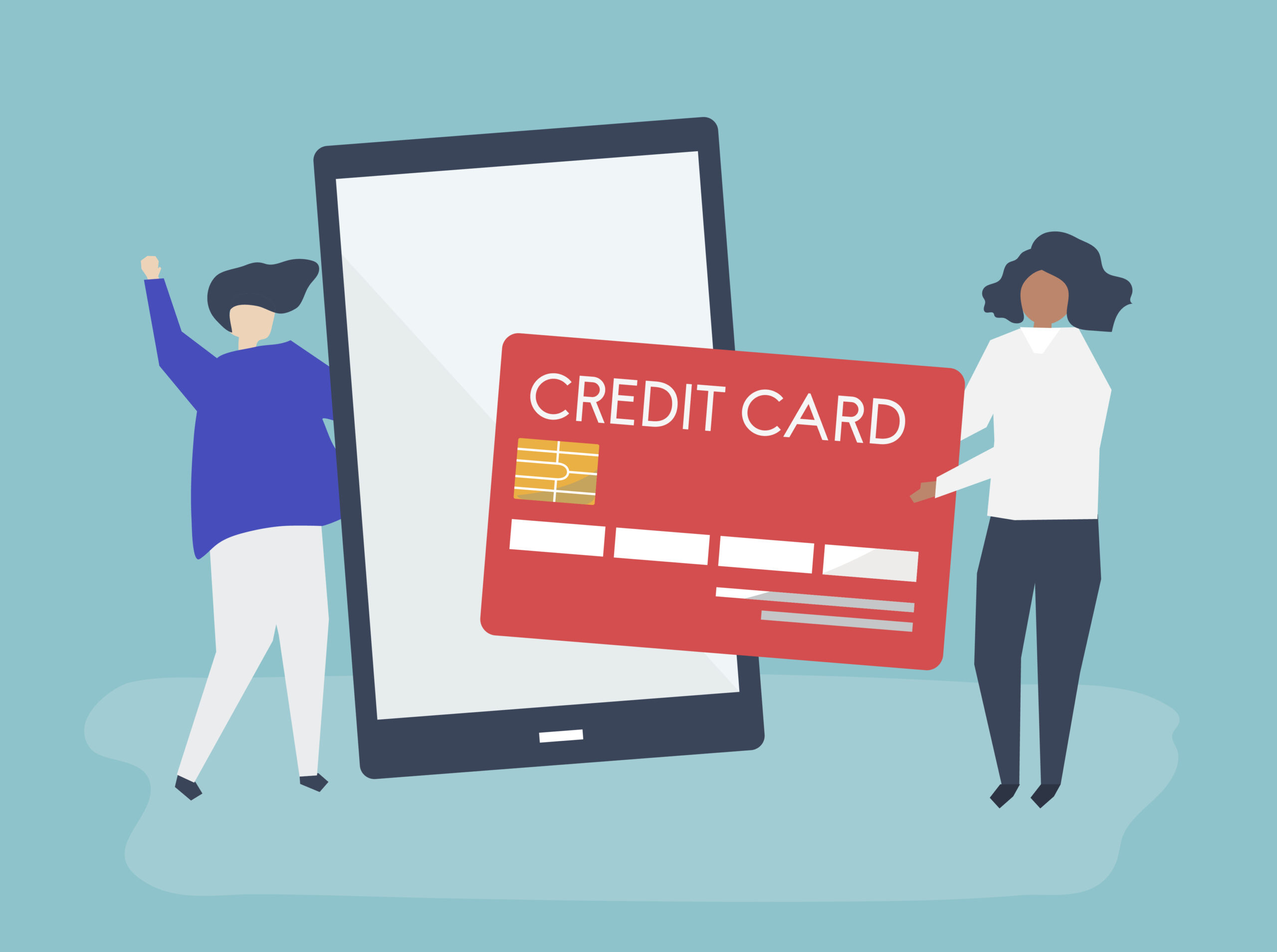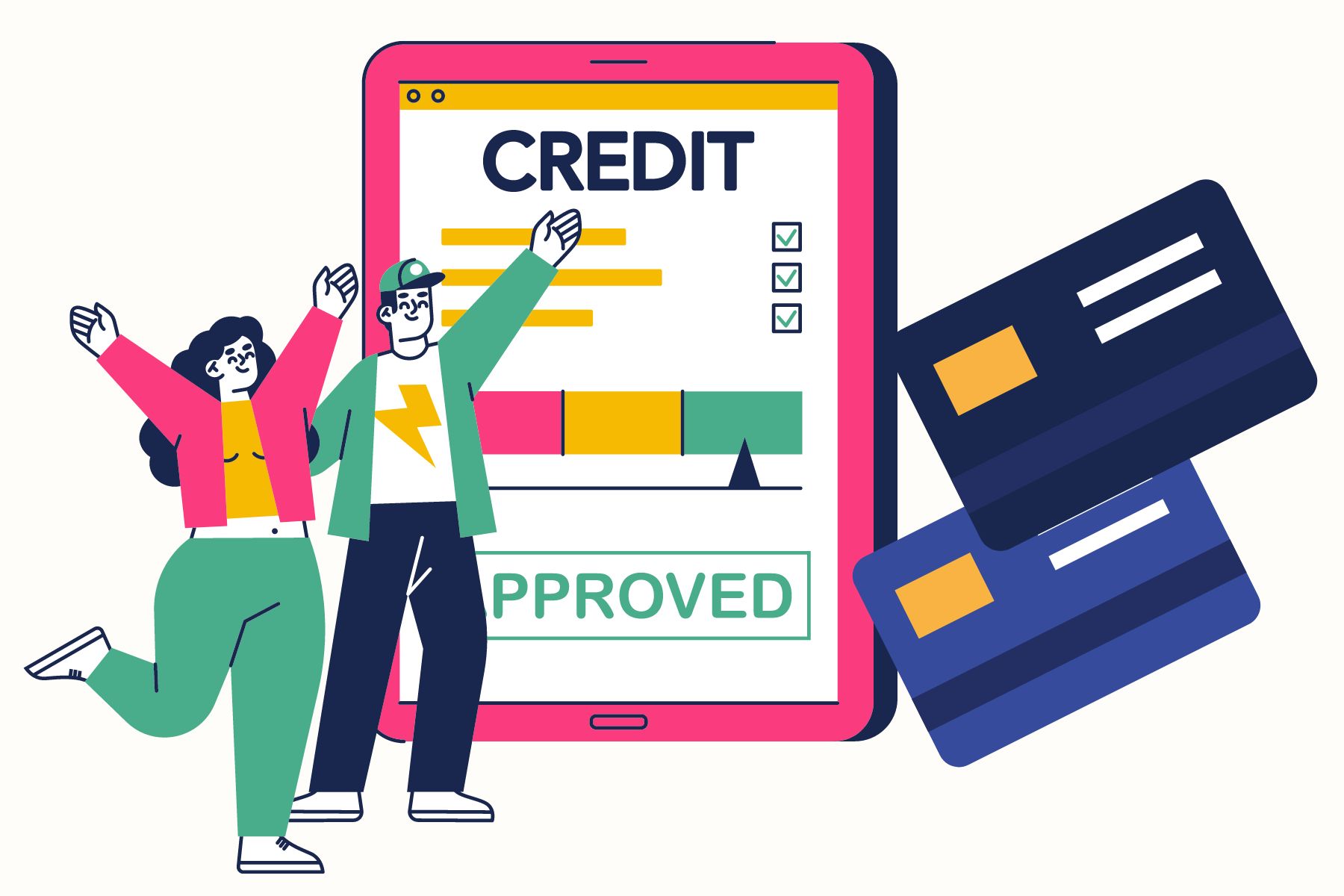
How to Avoid Credit Card Fraud: Expert Tips
Credit card fraud is a serious concern that can lead to significant financial losses and emotional distress. As more transactions move online, it’s crucial to stay informed about the ways to protect yourself from fraud. This guide provides practical, expert tips to help you avoid credit card fraud and safeguard your financial information.
Understanding Credit Card Fraud
Credit card fraud occurs when someone uses your card or card details without your permission. Fraudsters can steal your information through various methods, including skimming devices, phishing scams, and data breaches. Once they have your information, they can make unauthorized purchases, withdraw money, or even open new accounts in your name.
Types of Credit Card Fraud
There are several types of credit card fraud, including:
- Card-not-present (CNP) fraud: This occurs when the physical card is not required for a transaction, such as online purchases.
- Card-present fraud: This involves the physical use of a stolen or cloned card.
- Account takeover: Fraudsters gain access to your account and make changes to your information or make unauthorized transactions.
- Application fraud: This involves using stolen personal information to apply for new credit cards in your name.
Understanding these types can help you recognize potential threats and take appropriate measures to prevent them.
Expert Tips to Prevent Credit Card Fraud
1. Keep Your Card Information Private
One of the simplest yet most effective ways to prevent credit card fraud is to keep your card information private. Avoid sharing your card details with anyone, and never write down your PIN or password. Be cautious when using your card in public places and ensure no one is watching when you enter your PIN.
2. Use Secure Websites for Online Shopping
When shopping online, make sure you use secure websites. Look for “https” in the website URL and a padlock symbol in the address bar. These indicators mean that the website uses encryption to protect your information. Avoid entering your card details on unfamiliar or suspicious websites.
3. Monitor Your Account Regularly
Regularly checking your bank and credit card statements can help you spot unauthorized transactions quickly. Set up alerts with your bank to receive notifications for any suspicious activity. If you notice any unfamiliar charges, report them to your bank immediately.
4. Use Strong Passwords and Change Them Regularly
Using strong, unique passwords for your online accounts is essential. Avoid using easily guessable information, such as your name or birthdate. Instead, use a combination of letters, numbers, and symbols. Change your passwords regularly to reduce the risk of account takeover.
5. Enable Two-Factor Authentication (2FA)
Two-factor authentication adds an extra layer of security to your online accounts. Even if a fraudster manages to obtain your password, they would still need the second form of verification, such as a code sent to your phone. Enable 2FA on all accounts that offer it, including your bank and credit card accounts.
6. Be Wary of Phishing Scams
Phishing scams are a common method used by fraudsters to steal your information. These scams often come in the form of emails or messages that appear to be from legitimate sources, asking you to provide your card details or click on a link. Always verify the sender’s identity and avoid clicking on suspicious links or providing personal information through email.
7. Report Lost or Stolen Cards Immediately
If your credit card is lost or stolen, report it to your bank immediately. Most banks have 24/7 customer service for reporting lost or stolen cards. Prompt reporting can help prevent unauthorized transactions and reduce your liability.
8. Use Virtual Credit Cards for Online Purchases
Some banks offer virtual credit cards, which are temporary card numbers that you can use for online transactions. These cards are linked to your main account but have different numbers, making it harder for fraudsters to steal your information. Using virtual credit cards adds an extra layer of security to your online purchases.
9. Check for Skimming Devices
When using ATMs or card readers, check for skimming devices. These are small devices attached to legitimate card readers that capture your card information. Look for anything unusual or loose on the card reader, and if something seems off, report it to the bank or retailer.
10. Use RFID-Blocking Wallets
Some credit cards have RFID chips that allow for contactless payments. While convenient, these chips can be scanned by fraudsters using RFID readers. Using an RFID-blocking wallet can help protect your card information from being scanned without your knowledge.
11. Educate Yourself and Stay Informed
Staying informed about the latest fraud techniques and trends can help you stay ahead of fraudsters. Follow news about data breaches and new types of scams, and educate yourself on how to protect your information. Many banks and credit card companies offer resources and tips on preventing fraud.
You can read : Why You Should Consider a Balance Transfer Credit Card
Conclusion
Credit card fraud is a growing threat, but by following these expert tips, you can significantly reduce your risk. Keep your card information private, use secure websites, monitor your accounts, and stay informed about new fraud tactics. By taking proactive steps, you can protect yourself and your financial information from fraudsters. Remember, vigilance and caution are your best defenses against credit card fraud.







Leave a Reply